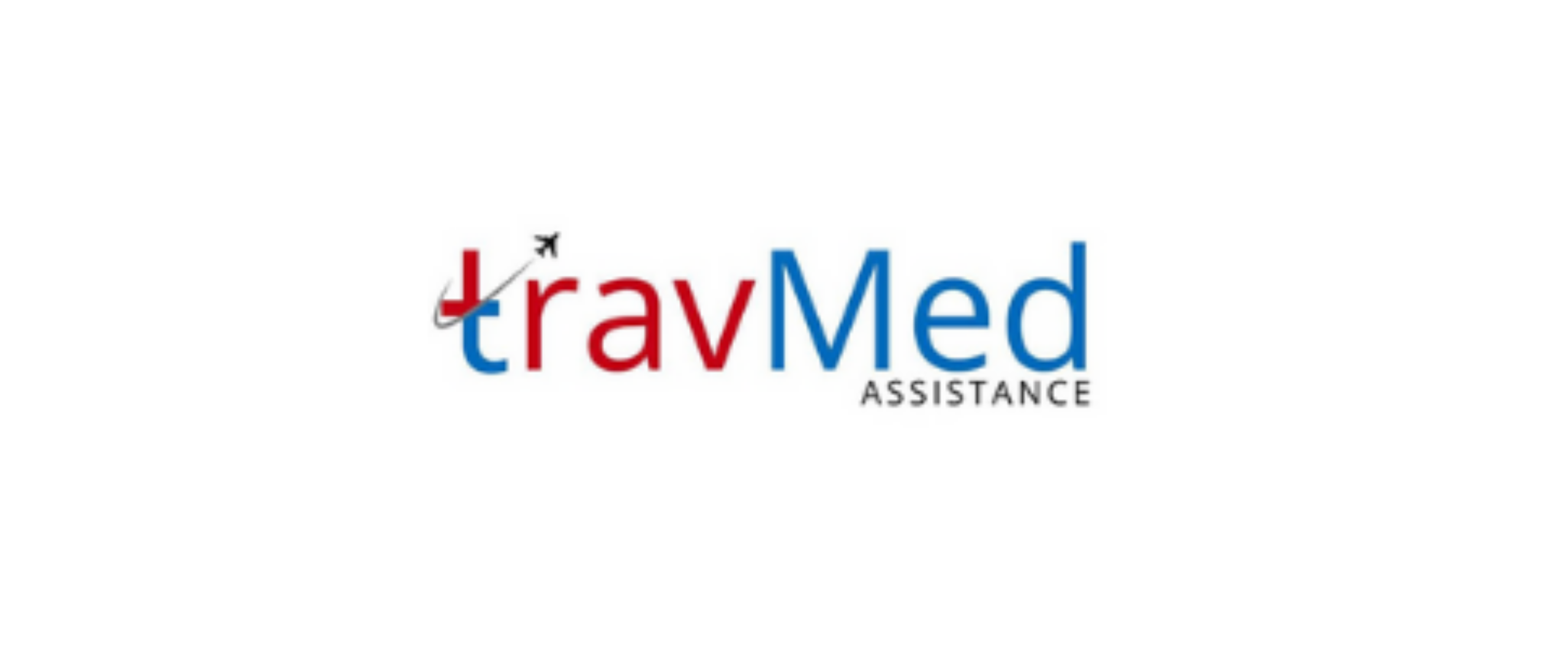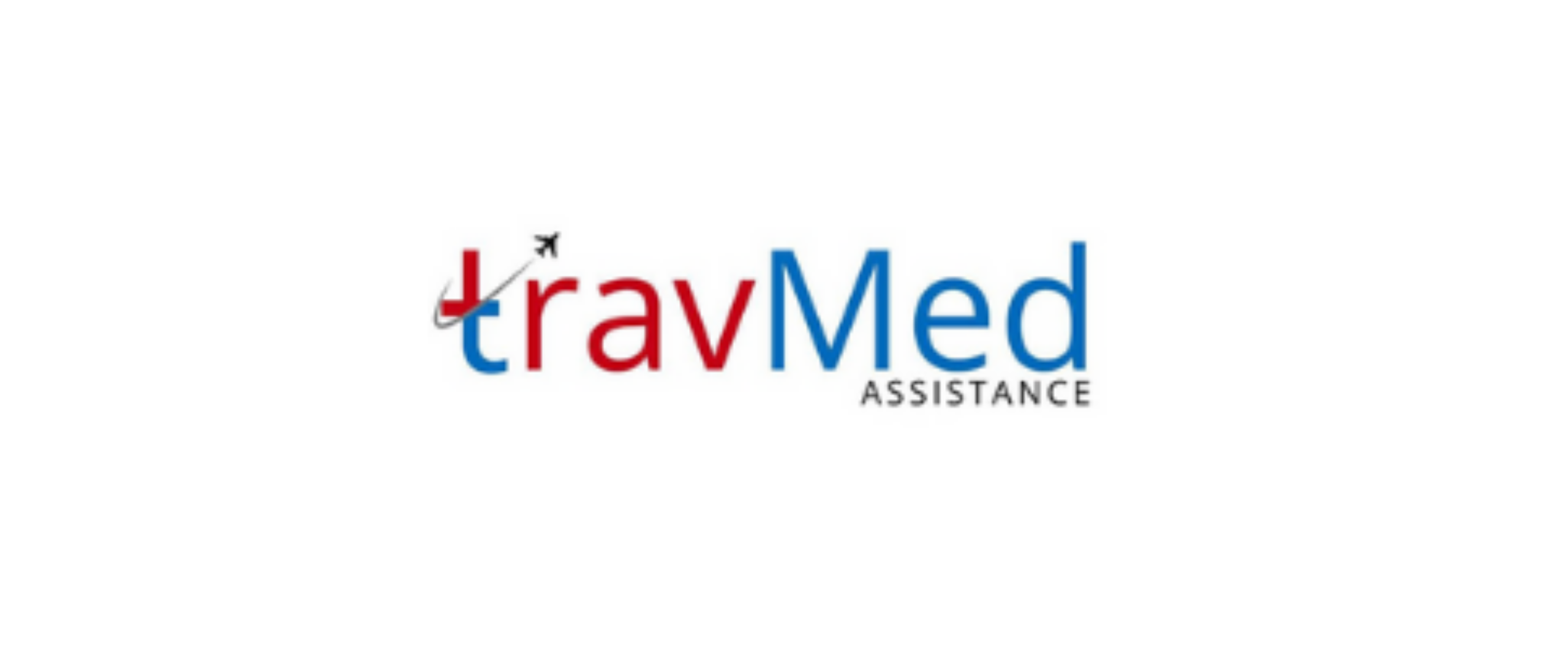
What are medical evacuation services in Nepal?
Medical evacuation services in Nepal provide emergency transportation and care for individuals facing serious health issues in remote or challenging locations. These services involve moving patients from areas with limited medical facilities to hospitals or clinics that can provide appropriate treatment. In Nepal’s rugged terrain, evacuations often utilize helicopters or specialized ground vehicles to reach patients in mountainous regions or rural areas. Medical evacuation teams include trained professionals who can provide immediate care during transport. These services are essential for trekkers, mountaineers, and residents in remote parts of Nepal who may need urgent medical attention unavailable locally. Medical evacuation services in Nepal operate year-round, adapting to seasonal challenges like monsoons or heavy snowfall.
Who provides evacuation services in Nepal?
Several organizations provide medical evacuation services in Nepal. The Nepal Army and Nepal Police have dedicated air wings that conduct rescue operations and medical evacuations. Private companies like Fishtail Air, Simrik Air, and Air Dynasty specialize in helicopter rescue services. International assistance companies such as Global Rescue and International SOS also coordinate evacuations for their members. Trekking agencies often partner with local helicopter companies to arrange evacuations for their clients. The Himalayan Rescue Association (HRA) operates aid posts in popular trekking areas and can coordinate evacuations. Nepal’s Tourism Board works with these providers to ensure evacuation services are available for tourists. Some hospitals in Kathmandu, like CIWEC Hospital, can also arrange medical evacuations from remote areas.
How does medical evacuation work?
Medical evacuation in Nepal typically begins with an emergency call to the service provider or rescue coordination center. The evacuation team assesses the situation, considering factors like the patient’s condition, location, and weather. For remote areas, a helicopter is often dispatched with medical personnel on board. Upon reaching the patient, the medical team provides immediate care and stabilizes the patient for transport. The patient is then carefully moved to the helicopter or ground vehicle, with ongoing medical support during the journey. The evacuation team communicates with receiving hospitals to ensure appropriate care upon arrival. In some cases, patients may be transported to intermediate medical facilities before reaching their final destination. Throughout the process, the evacuation team coordinates with local authorities, manages logistics, and keeps the patient’s family informed.
What documents are needed for evacuation?
Several documents are typically required for medical evacuation in Nepal:
- Valid passport
- Nepalese visa (for foreigners)
- Travel insurance policy details
- Medical reports or doctor’s notes
- Trekking permit (if applicable)
- Evacuation authorization form
- Consent for medical treatment
- Credit card or payment information
- Contact details for next of kin
- List of current medications
- Allergy information
- Blood type documentation
- Recent medical history
Having these documents readily available can expedite the evacuation process. It’s advisable for travelers to keep digital copies of these documents accessible online or with a trusted contact.
How long does the evacuation process take?
The duration of the medical evacuation process in Nepal varies depending on several factors. In ideal conditions, a helicopter evacuation from a trekking area to Kathmandu can take 1-3 hours. However, the total process, from initial call to hospital admission, often takes 4-8 hours. Factors affecting the timeline include the patient’s location, weather conditions, time of day, and the complexity of the medical situation. Remote locations or challenging terrain can extend the response time. During peak trekking seasons or adverse weather, delays may occur due to high demand or safety concerns. Ground evacuations from accessible areas might take 2-6 hours, depending on road conditions and distance. International evacuations requiring air ambulances can take 24-48 hours to arrange. Prompt communication and having necessary documents ready can help minimize delays in the evacuation process.
How much do evacuation services cost?
The cost of medical evacuation services in Nepal varies widely based on several factors. Helicopter evacuations, the most common method for remote areas, typically range from $3,000 to $10,000 USD. The exact price depends on flight time, distance, and the type of helicopter used. Ground evacuations are generally less expensive, ranging from $500 to $2,000 USD. Additional costs may include medical care during transport, which can add $500 to $2,000 USD to the total. For international evacuations requiring air ambulances, costs can exceed $50,000 USD. It’s important to note that these prices are estimates and can increase in complex situations or during peak seasons. Many travel insurance policies cover medical evacuation costs, but coverage limits and terms vary. Some trekking agencies include basic evacuation insurance in their package prices. Patients without insurance are typically required to pay upfront or provide a deposit before evacuation services are rendered.
Who qualifies for evacuation support in Nepal?
Medical evacuation support in Nepal is available to a wide range of individuals, but certain criteria typically apply:
- Tourists with travel insurance coverage
- Trekkers and mountaineers in remote areas
- Individuals with life-threatening conditions
- Patients requiring specialized care unavailable locally
- Victims of accidents in inaccessible locations
- People with severe altitude sickness
- Individuals with insurance or ability to pay
- Foreign nationals registered with their embassies
- Nepalese citizens in emergency situations
- Pregnant women with complications in remote areas
- Children requiring urgent medical attention
- Elderly individuals with acute health issues
The decision to evacuate is usually made by medical professionals based on the patient’s condition and the available local resources. In some cases, government agencies or embassies may assist in coordinating evacuations for their citizens.
How is safety ensured during evacuation?
Safety is a top priority during medical evacuations in Nepal. Evacuation teams follow strict protocols and safety measures throughout the process. Helicopters used for evacuations undergo regular maintenance and safety checks. Pilots are experienced in high-altitude and mountain flying, crucial for Nepal’s terrain. Medical equipment on board is securely fastened to prevent movement during flight. Patients are carefully secured using specialized stretchers and harnesses. Ground vehicles used for evacuation are equipped with proper suspension and medical fixtures. Evacuation teams receive ongoing training in emergency procedures and high-altitude rescue techniques. Weather conditions are closely monitored, and flights are only conducted when deemed safe. Communication systems are in place to maintain contact between the evacuation team, base, and receiving medical facilities. For night evacuations, special equipment and protocols are used to ensure visibility and safety. Medical staff on board are trained to handle in-flight emergencies and changes in patient condition. Risk assessments are conducted before each evacuation to identify and mitigate potential hazards.
What equipment is used in medical evacuations?
Medical evacuations in Nepal utilize a range of specialized equipment to ensure patient safety and provide necessary care during transport:
- Portable oxygen systems
- Cardiac monitors and defibrillators
- Ventilators for respiratory support
- Intravenous (IV) pumps and fluids
- Stretchers designed for helicopter use
- Vacuum mattresses for immobilization
- Portable ultrasound machines
- Blood pressure monitors
- Pulse oximeters
- Emergency medication kits
- Hypothermia prevention equipment
- Spinal immobilization devices
- Communication devices (satellite phones, radios)
- GPS navigation systems
- Night vision equipment for pilots
This equipment allows medical teams to monitor and treat patients effectively during evacuation. The specific equipment used may vary based on the patient’s condition and the type of evacuation being conducted.
Can family accompany during evacuation?
In most cases, family members are not allowed to accompany patients during medical evacuations in Nepal, especially for helicopter evacuations. This policy is primarily due to space limitations and safety considerations. Helicopters used for medical evacuations are typically configured to accommodate the patient, essential medical equipment, and the medical team, leaving little room for additional passengers. However, exceptions may be made in certain situations, such as for young children or patients with special needs who require a family member’s presence. For ground evacuations, there may be more flexibility to allow a family member to accompany the patient, depending on the vehicle’s capacity. In cases where family members cannot accompany the patient, evacuation services often provide regular updates on the patient’s status and destination. Family members are usually given information on how to reach the receiving medical facility. Some evacuation providers may assist in arranging transportation for family members to follow separately.
Are services available 24/7 in Nepal?
Medical evacuation services in Nepal are generally available 24 hours a day, 7 days a week, throughout the year. This round-the-clock availability is essential given the unpredictable nature of medical emergencies and the challenging terrain of Nepal. However, it’s important to note that while services are technically available 24/7, practical limitations may affect response times during certain periods. Night evacuations, especially by helicopter, are more challenging and may only be conducted in life-threatening situations due to safety concerns. During the monsoon season (June to September), heavy rains and low visibility can delay or prevent helicopter evacuations. In winter, snow and extreme cold in high-altitude areas can also impact service availability. Despite these challenges, evacuation providers maintain on-call teams ready to respond at any time. Many providers have multiple bases across Nepal to ensure wider coverage and faster response times. Emergency hotlines for medical evacuations are staffed continuously to receive and coordinate rescue requests at any hour.
How do I contact evacuation service providers?
Contacting medical evacuation service providers in Nepal can be done through several channels:
- Emergency hotlines (available 24/7)
- Trekking agency or tour operator
- Travel insurance emergency assistance number
- Local police or army posts in remote areas
- Himalayan Rescue Association aid posts
- Embassy or consulate emergency services
- Hotels or guesthouses (in tourist areas)
- Online contact forms on provider websites
- Email for non-urgent inquiries
- Social media platforms of service providers
- Local hospitals or clinics
- Nepal Tourism Board helpline
It’s advisable to have multiple contact methods available, including phone numbers and email addresses, stored in easily accessible locations. Many travelers keep this information with their important documents or share it with traveling companions. In remote areas with limited communication, it may be necessary to send someone to the nearest village or communication point to request assistance. Some trekking routes have emergency communication systems in place, such as radio networks or satellite phones at key locations.


